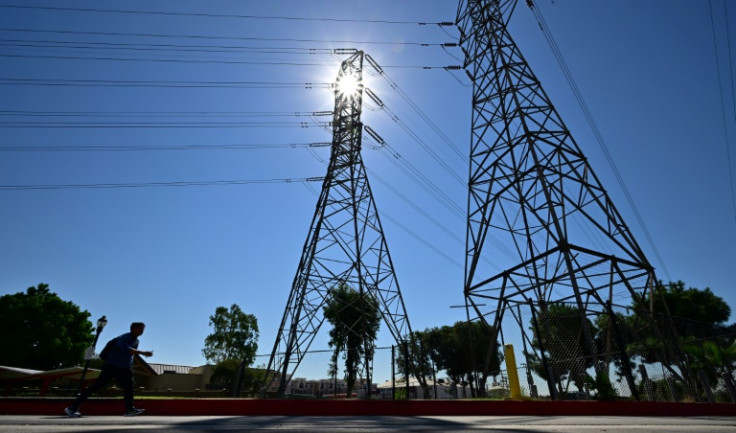AI's Role In The Power Grid's Energy Transition

Demand for electricity is at an all-time high throughout the world. Headlines over the past year show electricity shortages and clogged grids are impacting regions from the U.S. to Europe to South America. Unfortunately, energy demand is only expected to increase in the coming years, with reports indicating global electricity demand is projected to grow between 62 and 185% by 2050.
Why is this becoming a universal issue? The current electric grid is antiquated, expensive, and unreliable. Between the adoption of distributed energy resources (DERs), such as electric vehicles, solar, and wind, and an increase in climate-related severe weather, including heat waves, droughts, and severe storms, energy demand is growing faster than the grid can be expanded--causing countries around the world to experience significant grid reliability and resiliency issues. As it stands, the grid is unprepared to manage these new complexities in energy sources and extreme weather, and will require advanced technology to provide safe, clean, reliable, and affordable energy.
For example, in the Netherlands, the country's grid has hit its capacity, leaving new construction projects unable to connect to the grid to power new homes and businesses, and companies like electric vehicle charging operator, Fastned BV, to postpone its expansion of opening 400 charging stations because of grid connection delays. Meanwhile, residents in Venezuela have been undergoing lengthy power cuts since May 2023 as the country grapples with a failed power supply. This comes just four years after the country's grid completely collapsed back in 2019. In the U.S., the North American Electric Reliability Corporation (NERC) just warned in an assessment that more than half of the continent may experience energy shortfalls in summer 2023 as extreme heat events continue to occur, with instances already happening throughout Texas and Mexico.
As news continues to pile in around grid failures and more communities struggle to move forward with their energy transition because of grid delays, it is clear that new technology solutions are critical. In the past, grid operators have responded to energy demand hikes by building new infrastructure. But building new grid infrastructure is almost an impossible task as it is a time and resource-intensive process that will take years to accomplish. We must begin looking to advanced technology to create a sophisticated grid that is reliable in the face of severe weather and the rapid adoption of clean energy.
How can AI help overcome grid demand challenges?
Right now, grid operators do not have the ability to distinguish between an electric vehicle and an air conditioning unit connected to the grid, which is hindering widespread electrification plans. Operators need real-time data visibility and decentralized decision-making and control to successfully manage the increased energy demand.
This is where distributed artificial intelligence (AI) software comes into play. Most modern industries, including transportation, shipping and healthcare, are already using some kind of distributed AI tool to improve operations and manage decentralized systems, and utilities are no different. For example, the shipping industry has begun using AI to forecast future inventory needs and predict maintenance repairs. Distributed AI tools will enable grid operators to predict grid conditions and recommend decisions in real-time, a crucial aspect in managing energy consumption and preventing outages or shortfalls. Today's grid operators are manually forecasting and monitoring energy loads with minimal automation, making it impossible to identify patterns and make immediate changes as necessary.
The location in which these distributed AI tools function on the grid plays an important role in their execution. Rather than being centrally located, distributed AI will improve operations when it is located at the edge of the grid, where electricity directly connects to customers at their homes and businesses.
Originally the final stop in the grid's one-way power flow to measure usage for billing, the edge of the grid is now the nexus between customers, clean energy resources, and the utility system. The edge is where customers are investing in solar panels, charging their EV's, or using other distributed energy resources. Distributed intelligence will be able to process real-time data within seconds and send it back to the grid system so operators know where and how to make changes to offset any challenges.
Investing in step change technology will accelerate the clean energy transition and provide people with safe and reliable energy. Real-time data with distributed AI tools on the grid can solve global grid congestion challenges with coordination between utilities, government entities, and technology providers. The time is now to embrace new technology and better serve people as we progress our shared goals.
(Josh Brumberger is the CEO of Utilidata.)
© Copyright IBTimes 2025. All rights reserved.





















